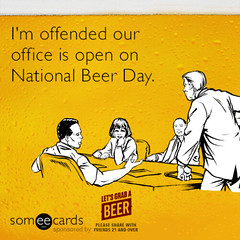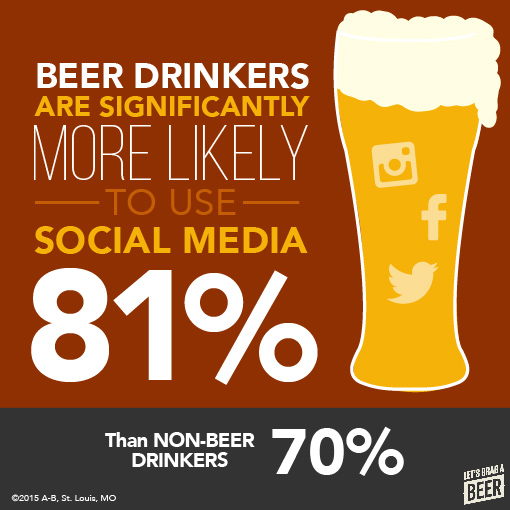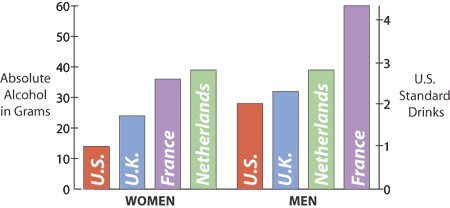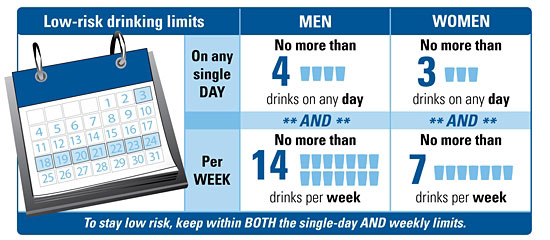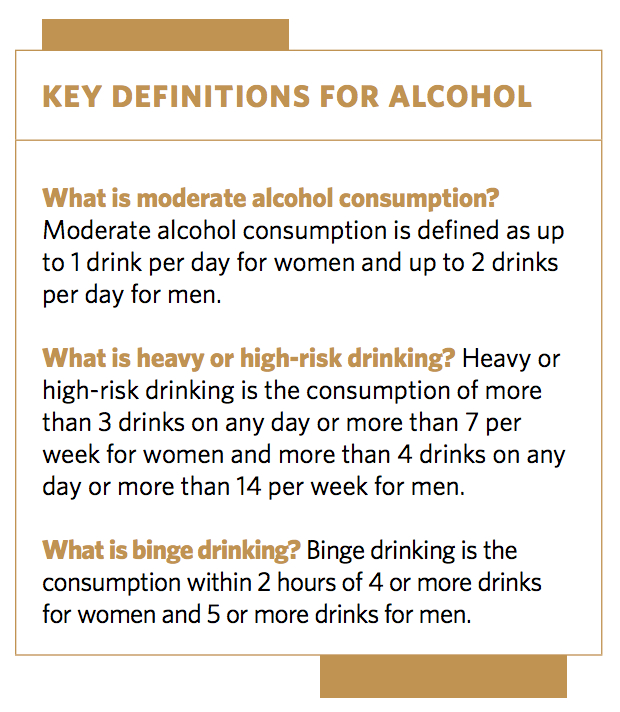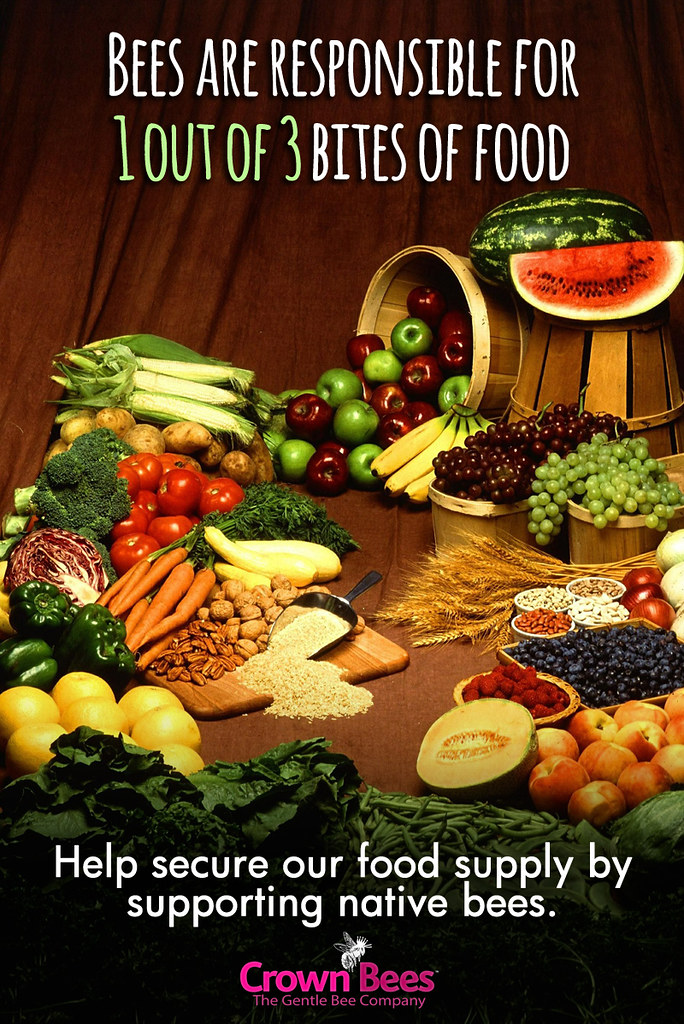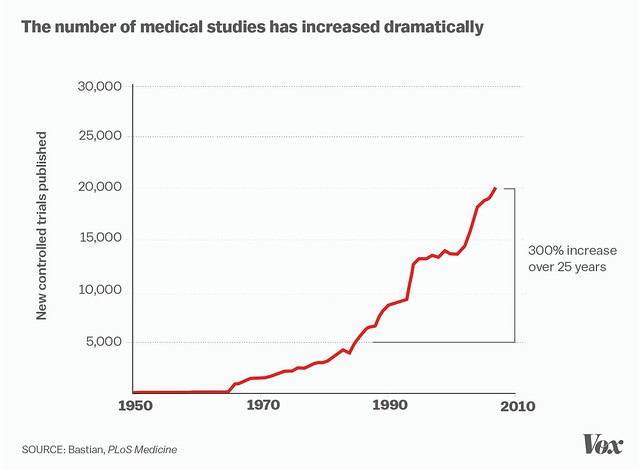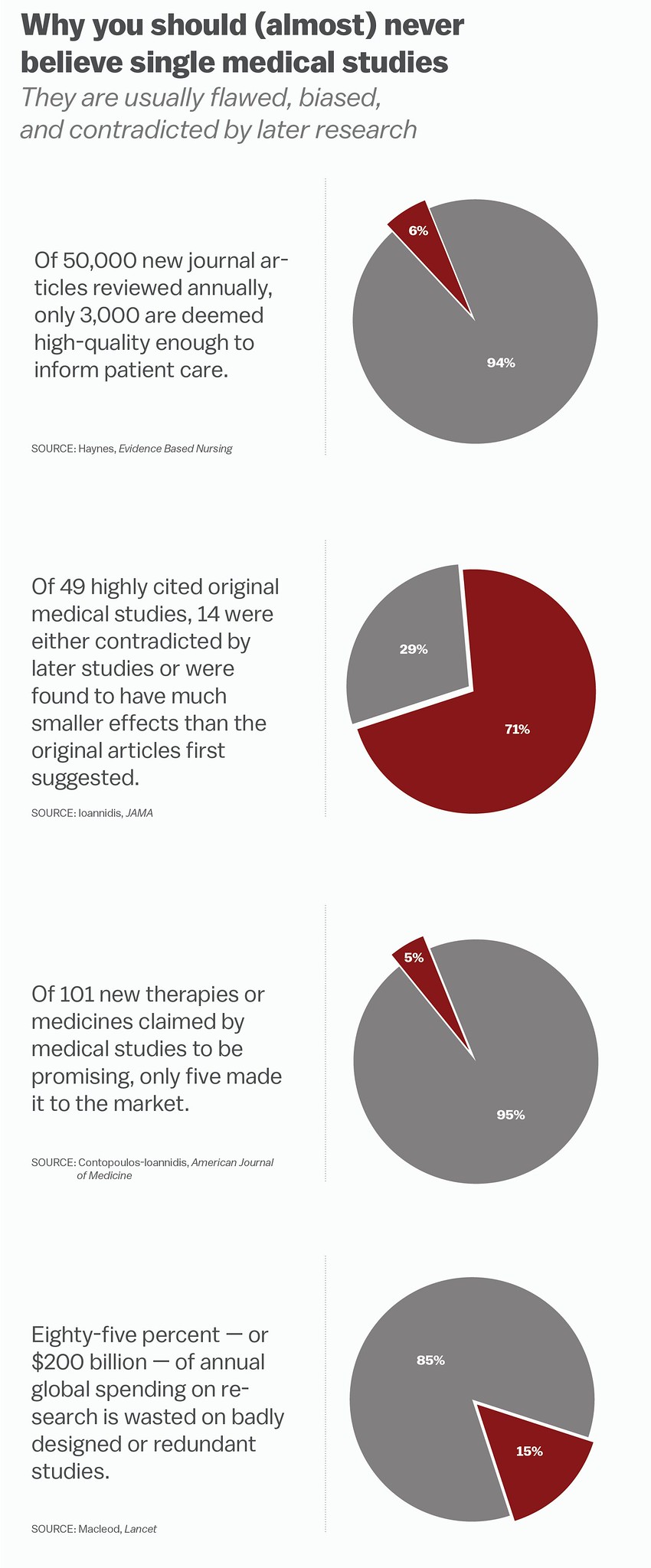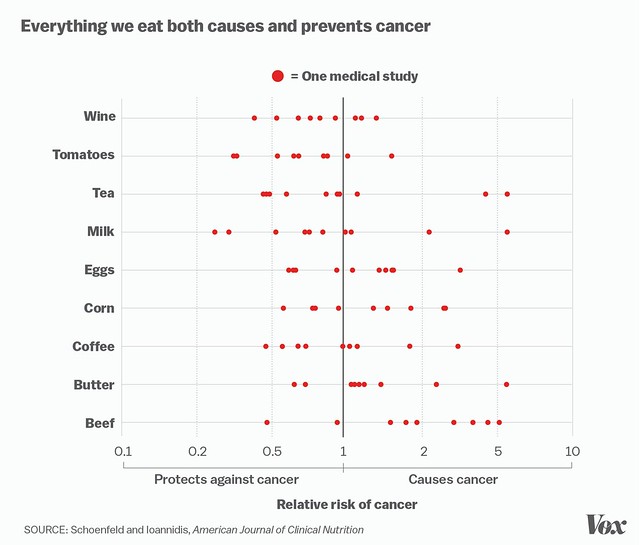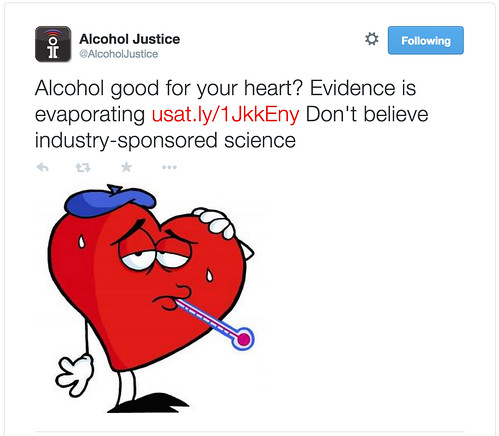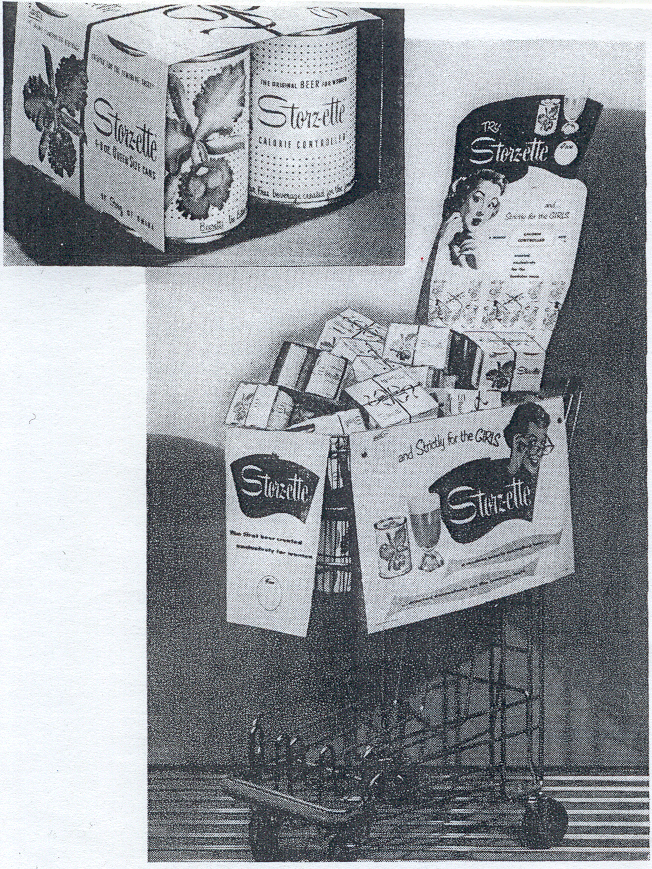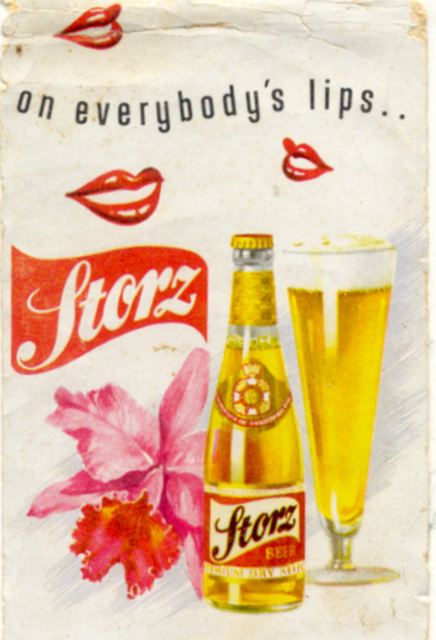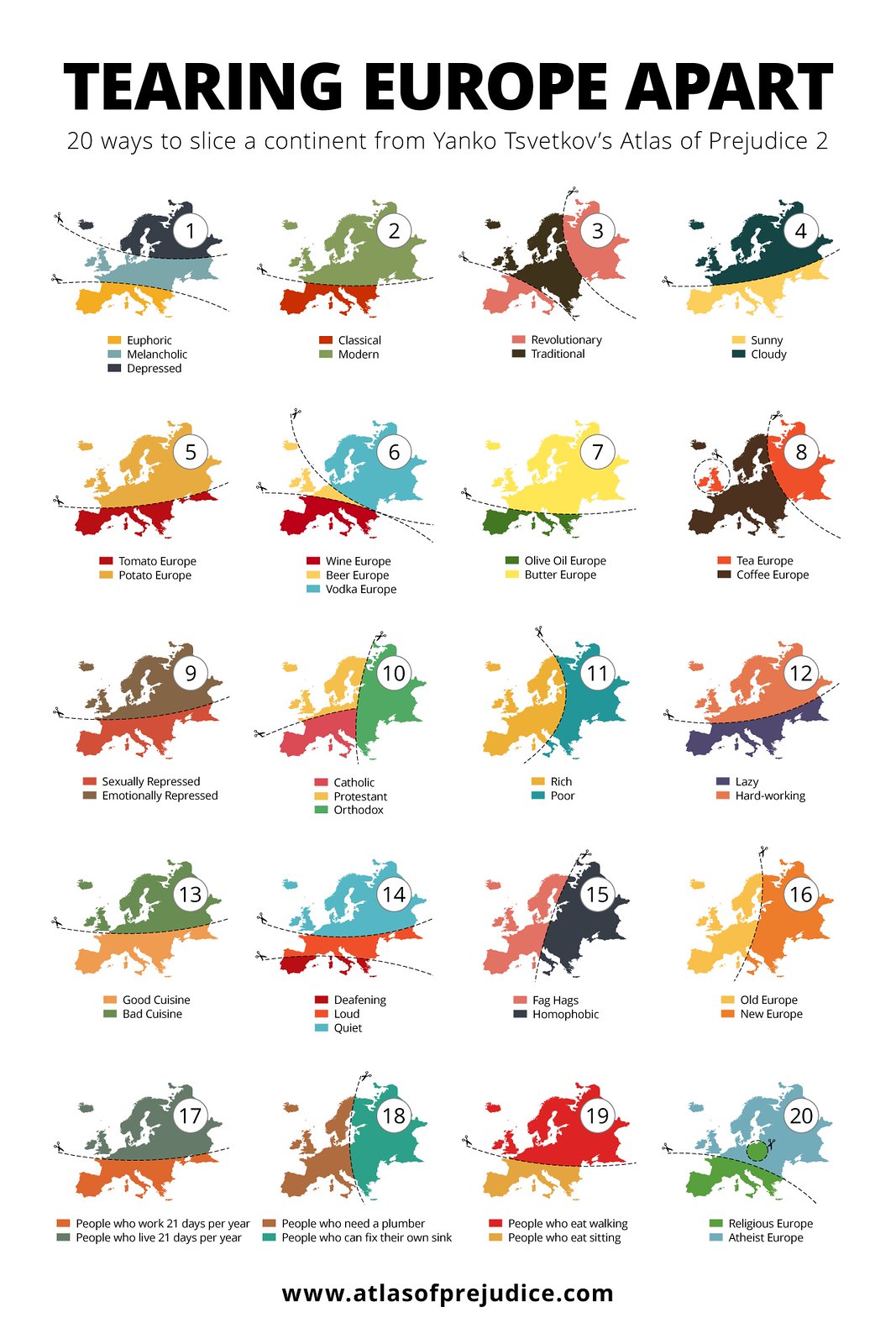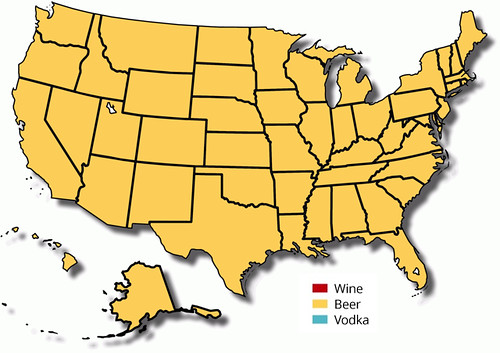
You probably noticed that California is living under severe drought conditions, especially since governor Jerry Brown recently imposed restrictions on our water use. One of the frequent industries to bear the brunt of blame is, of course, agriculture, which uses a lot of water to feed the country. But more specifically, a lot of blame has come down on almonds with stories in the Chronicle, the Guardian and even Slate declaring 10 Percent of California’s Water Goes to Almond Farming, among many others. I haven’t paid too much attention to that, mostly for the selfish reason that I’m not much of a fan of almonds, and couldn’t care less if they stopped growing them.
Gizmodo has an interesting article suggesting that all that stuff about almonds was hooey entitled Seriously, Stop Demonizing Almonds. In a persuasive piece, it’s revealed that “Almonds might take 10 percent of the state’s water, but as the same report notes, they’re generating about 15 percent of the state’s total farming value and almost 25 percent of the agricultural exports from the state.” Of course, I’m no expert on these things, but I encourage you to read it and decide for yourself.
But I actually bring this up for wholly non-almond related reasons. Something in the article caught my attention, which is the chart below. It’s an infographic which originally was published in the L.A. Times, which the Gizmodo author, Alissa Walker, characterizes as a “very misguided infographic of “water-hungry foods.” The title indicates it shows the relative amount of water used to make the finished product, “Gallons of water per ounce of food.”
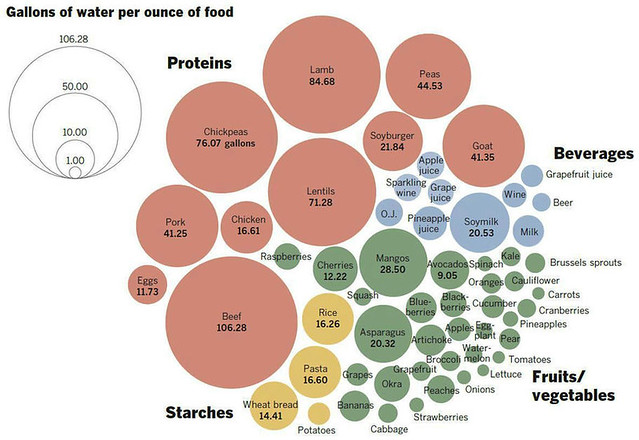
But look where beer is on the chart. Beverages are in blue. Soymilk looks like it uses the most, but apparently there was an error that’s now been corrected, and it’s actually pineapple juice that’s the biggest water hog, using 6.36 gallons per ounce of juice. Compared to all the drinks listed, beer looks to be the most efficient, and the interactive portions of the chart on the L.A. Times website indicates that beer uses 1.96 gallons to produce one ounce of beer. But even that seems high.
A bunch of years ago I wrote a feature article for All About Beer entitled It Ain’t Easy Bein’ Green: The Greening of America’s Breweries, that examined the steps breweries were taking to lighten their burden on the planet, not just with water, but all sorts of things. One thing I learned was that brewing used roughly a 10-to-1 ratio of water, meaning they use 10 gallons for every gallon of beer. At that time, I also found. “Examining smart ways to conserve water, several breweries have reduced that ratio to four or five-to-one and Uinta Brewery from Utah has gotten it down to 3-to-1.” More recently, the Brewers Association’s Water and Wastewater: Treatment/Volume Reduction Manual claims that the average is now more like 7-to-1 gallons, with a few breweries actually below 3-to-1. Two years ago, Environmental Leader reported that MillerCoors managed to get their ratio of water use down to “3.82 barrels of water per barrel of beer.”
But even staying with a ratio of 10-to-1 for ease of math, this seems egregiously high. Converting the L.A. Times figure of 1.96 gallons to 1 ounce figure to ounces, it becomes 250.88 ounces of water per ounce of beer, or a 251-to-1 ratio, or 25 times reality, and undoubtedly more.
So where did this figure come from? All the Times reveals about its methodology is this. “Totals were converted to U.S. gallons per ounce (weight). Beverage values were additionally converted into fluid ounces using the USDA National Nutrient Database for Standard Reference.” But that doesn’t really tell us where they got the numbers they’re basing this on. It doesn’t really tell us anything. But one thing seems clear, breweries are relatively efficient in their water use, much more so than is being reported during the California drought. And that brings us back to a statement U.S. Davis professor Charlie Bamforth recently made, which seems even more relevant in light of this. “When in drought, drink more beer.”


